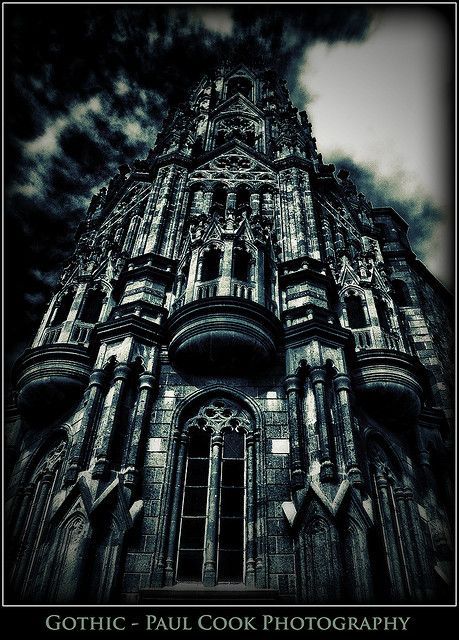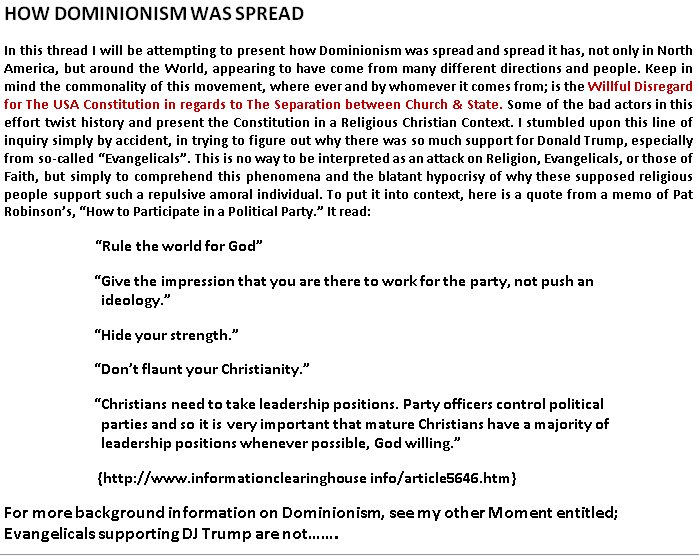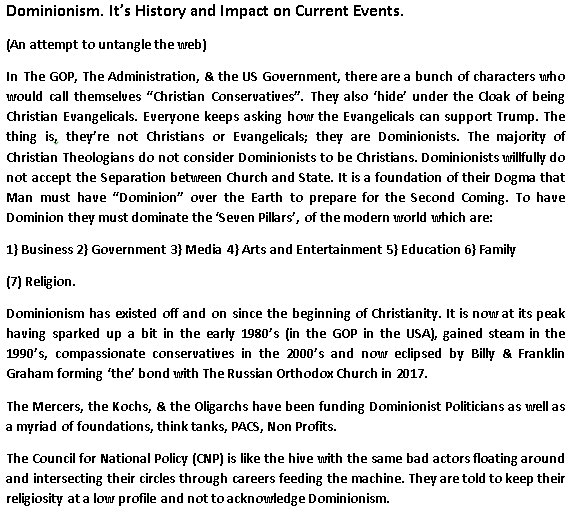1. We are now approaching 2019; let's hope it was better than 2018. It's interesting for me, as a historian, to look at right-wing extremism as it was 20 years ago, in 1999, which was something of a time of transition. We can look at white
White supremacists in 1999 were still riding the surge of the mid-1990s. The late 1990s was a time of great activity for neo-Nazis, perhaps at their peak before the crash of the mid-2000s. The National
Aryan Nations was not just a neo-
Also strong, as they had been for most of the 1990s, were racist skinheads, which were responsible for a lot of the white supremacist violence of the late 1990s. The Hammerskins in
Interestingly, the late 1990s were also a time of (relative) strength for traditional white supremacist groups like Ku Klux Klan groups and their non-robed allies, such as the Council of Conservative Citizens, at its strongest in the late 1990s.
Finally, white supremacist prison gangs were
All that energy and activity naturally had an affect on white supremacist violence. This would climax in a series of major episodes of white supremacist violence in the summer, causing the summer of 1999 to be dubbed the "summer of hate."
The "Patriot" movement--those conspiracy-oriented, anti-government extremists that include the militia movement, the sovereign citizen movement and the tax protest
While the militia dreamed of Y2K, sovereign citizens were busy spreading their pseudo-legal theories to anyone who would listen. Their "common law courts" had
The tax protest movement was also doing very well. In 1997, Congress had stripped much of the IRS's enforcement budget, allowing tax protest gurus to promote their bogus theories across the country with impunity, allowing the movement to
web.archive.org/web/2000081701…
web.archive.org/web/2000081701…
web.archive.org/web/2000081519…
web.archive.org/web/2000051004…




